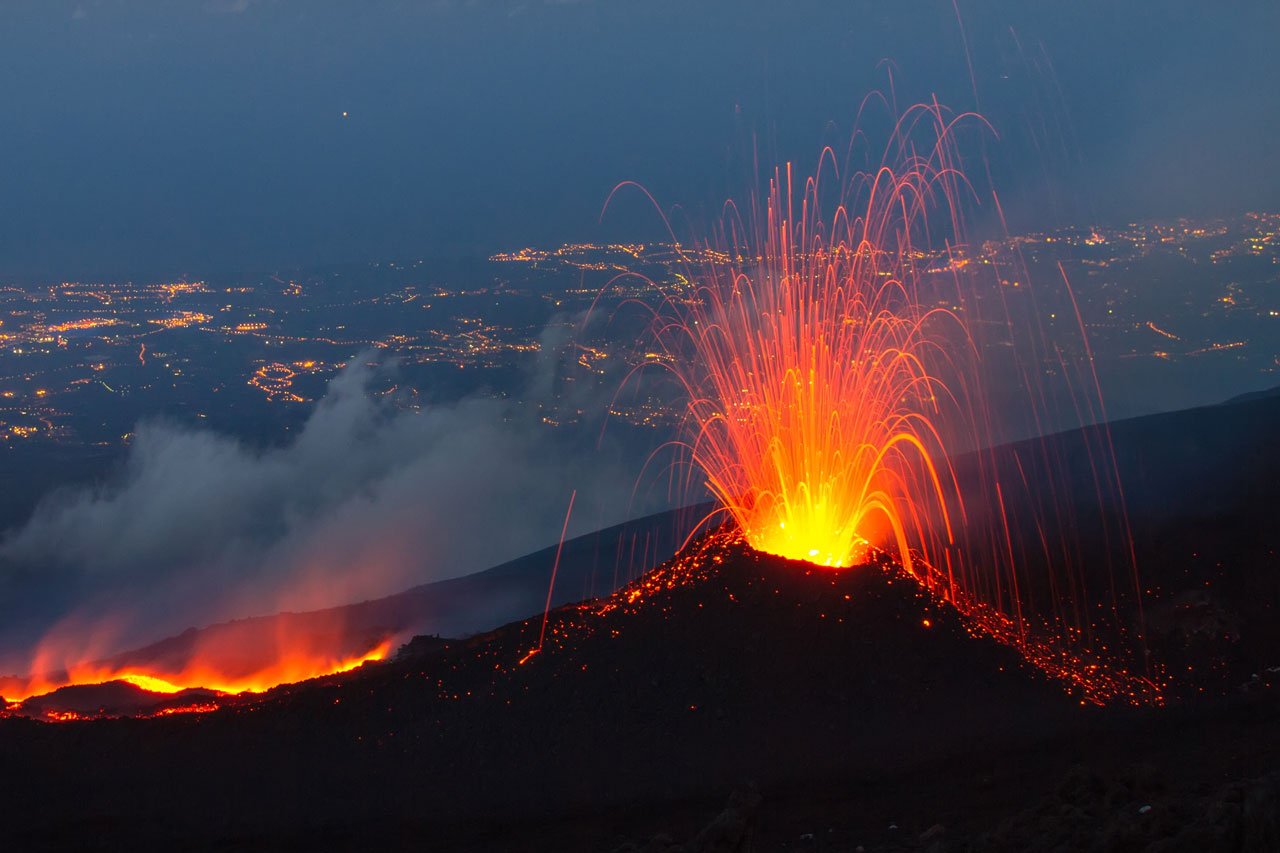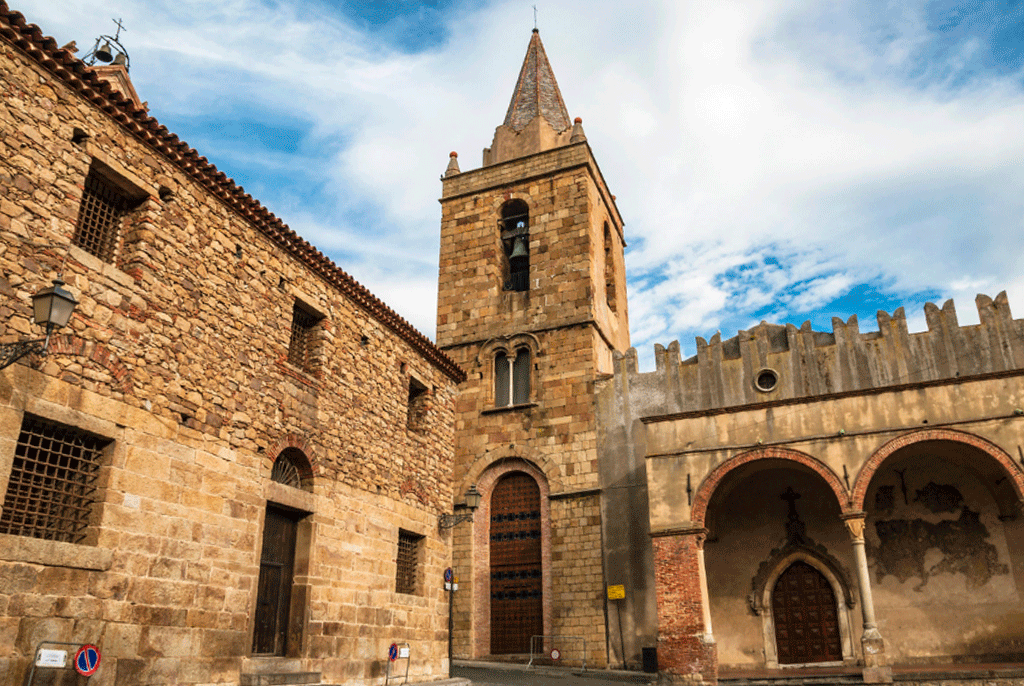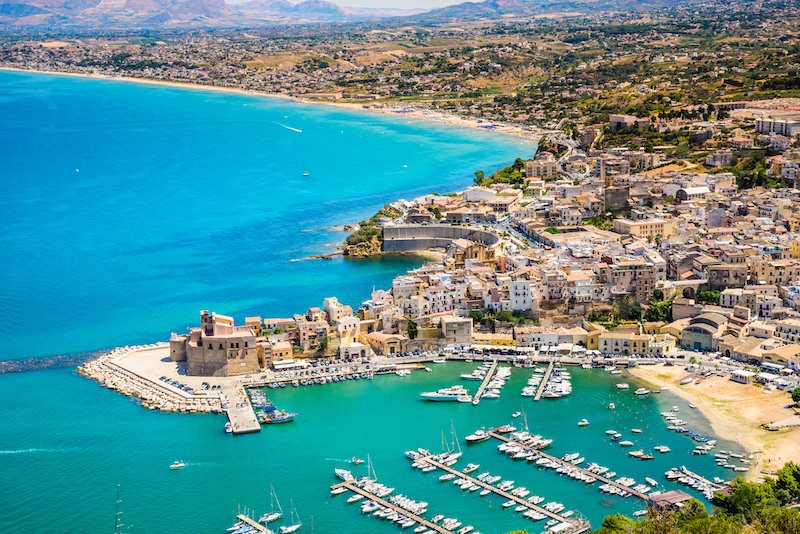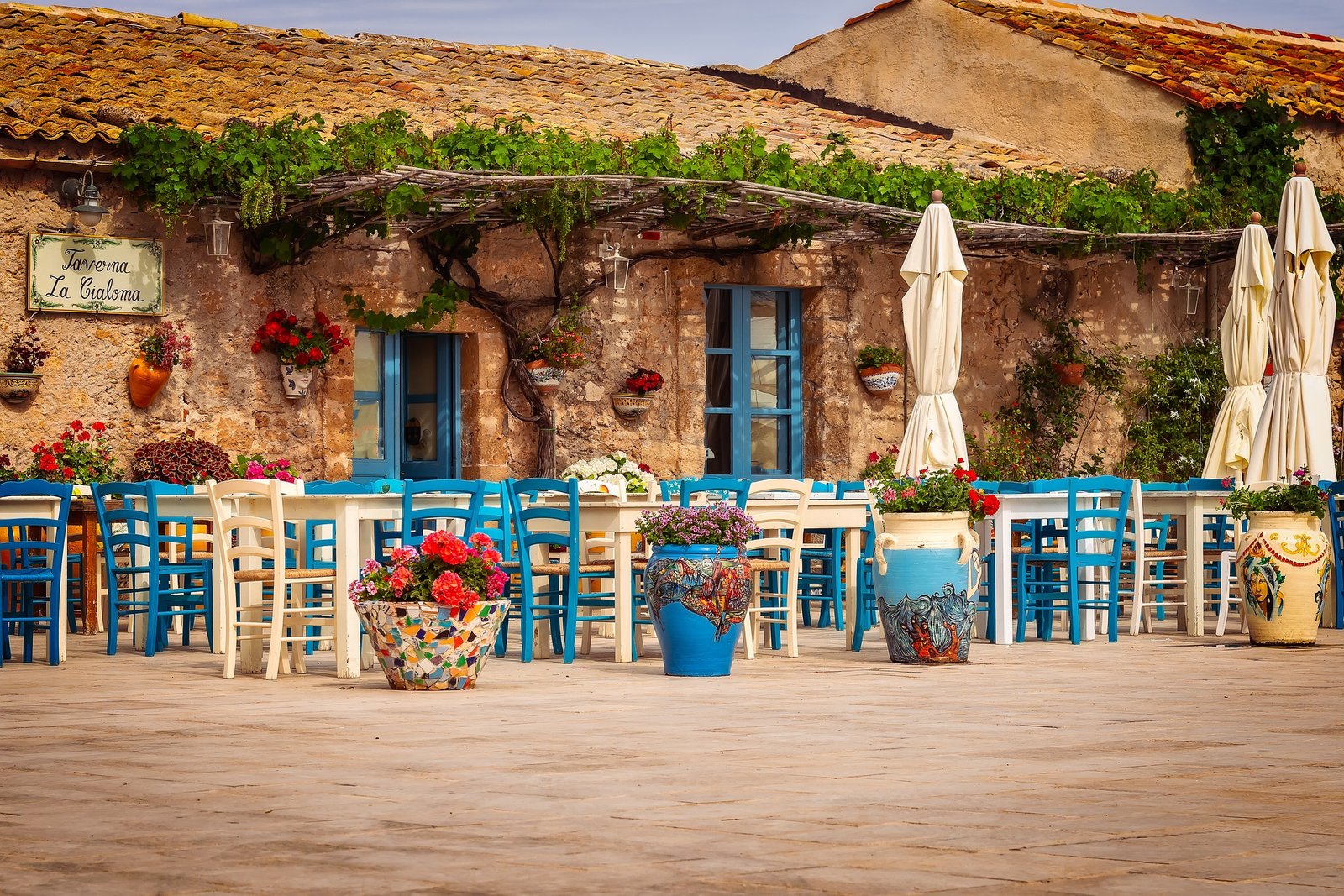Very often those who visit Sicily describe it as a 'paradise', where the sun embraces, the sea invites and the food delights. But it would be reductive to limit the essence of this island to good food and beautiful beaches. Sicily is a land of contrasts, difficult to explain but easy to love. Those who visit it for the first time remain bewitched by it and are likely to want to return to relive its magic, impossible to grasp in one go. How can you explain a place where from the sea you see the volcano and from the mountain you see the sea? How do you explain a place where people smile at you even if they do not know you and where if you ask for a direction you are accompanied to your destination? How do you explain a land that has undergone so many different dominations but has built a unique and strong identity? Where you can spot wild boars but where you can also admire flamingos, where hectares of aridity alternate with flourishing fields... How can you talk about a land that knows how to be terribly ruthless and infinitely beautiful?

"I do not envy God Paradise because I am well satisfied to live in Sicily".
(Frederick II of Swabia)
Less than 3 kilometres from the southern tip of the Italian peninsula, the largest island in the Mediterranean stands majestically. History has shown that, geographically speaking, Sicily is in a strategically ideal position: gateway and gateway to Europe. If, in numerology, three is the perfect number, Sicily has made a structure of it. The trinacria with its three points aims at three different continents, is washed by three seas and could be divided into three large micro-territories: the Val di Mazara to the west, the Val Demone to the north-east, the Val di Noto to the south-east. The Sicilian territory is predominantly hilly (more than 60%), but there is no shortage of splendid promontories that provide a natural backdrop to the Sanctuary of Santa Rosalia, the Zingaro reserve, and Monte Cofano. The mountainous Apennines are scattered throughout the island: starting from the west and continuing clockwise, Sicily is home to the Sicani Mountains that shield the Conca d'Oro, the Madonie, where Castelbuono stands out, world-famous for its production of manna, the Nebrodi Mountains to the north-east with Cesarò, Floresta and the 2015 most beautiful village in Italy: Montalbano Elicona. The Nebrodi intersect with the Peloritani Mountains and in this chain rise many perched villages of irresistible charm, such as Savoca, a village so authentic that it was the set of the award-winning film 'The Godfather'. Descending, one comes across His Majesty Mount Etna, the peak of Sicily (3,343 m), and then continues south with the Iblei Mountains and the municipalities of Monterosso Almo (also to be counted among the most beautiful villages in Italy) and Chiaramonte, places full of Sicilian character. The central part is predominantly hilly, and there are towns worthy of artistic praise such as Caltagirone, home of ceramic manufacturing, and Piazza Armerina, which still preserves intact vestiges of the past. Although in a clear minority, there is no shortage of flat expanses. Between Mazara and Marsala, near Trapani, the plains allow not only for excellent wine production, but also for Marsala, Passito and Moscato, autochthonous excellences. Talking about the Sicilian coastline would require a separate chapter, but it goes without saying that almost 1,700 km of coastline with almost 1,000 km of seaside coastline make up evocative and ever-changing scenery. Steep cliffs, wild bays, gravel, lava rocks and sand of different colours alternate, leaving even the most experienced travellers incredulous. Sicily also consists of satellite islands almost predominantly of volcanic origin, Pantelleria, the Pelagie Islands, Ustica, the Aeolian Islands, and the Egadi Islands, with some of the most beautiful beaches in the world and landscapes that leave you speechless. This land, made up of different microclimates and micro-environments for each area, is a variety of colours, habitats and landscapes that are always inviting.
The experiences that Sicily offers are for everyone: young daredevils, nature lovers, families seeking relaxation, art lovers, and so on. What to do in Sicily depends on nature and the inclinations of the traveller who chooses it. Spring, in Sicily, already smells like summer, which is why, even from April or May, it will be wonderful to treat oneself to a visit to Mondello (a district of Palermo) with its famous seafront promenade, to walk the 350 steps that connect Ragusa alta to Ragusa bassa (Ibla) with the incredible view it holds, or to visit the salt pans of Marsala in the romantic and suggestive light of sunset. Those in search of wilderness, on the other hand, will be able to walk the paths along the enchanting beaches of the Zingaro reserve, go bird watching at the Vendicari oasis, or delve into the craters of Europe's highest active volcano. Even those who dream of a relaxing, leisurely trip will be satisfied: there is no shortage of elegant towns in Sicily capable of combining worldliness and culture, such as Taormina with its Greco-Roman theatre, one of the most beautiful in the world, or Cefalù with its Byzantine cathedral and narrow streets crowded with sounds and colours, especially during the summer. For lovers of art and history, a stop at the archaeological sites of Selinunte and Agrigento (home to the Valley of the Temples) is a must, capable of offering emotion and timeless beauty. In Palermo, getting lost amidst the scents and aromas of the typical Ballarò market is an authentic experience, not to be missed, but a visit to Erice, a small and ancient village in the province of Trapani, also offers great experiences: you can breathe in centuries of history among the alleys and from the castle the view extends as far as the Trapani salt pans. Boats and ferries will be ready to take travellers to nearby islands (such as Favignana or Pantelleria) to discover dreamy beaches where the sea merges with the sky. There is no shortage of experiences in Sicily, just waiting to be lived.
Sicily has a gastronomic culture that starts from the earth and takes its secret from the earth. Food, in this land, is the result of cultural alternations and contributions from all over the world: from Latin America, potatoes, tomatoes and chocolate, and from the Arab territories, almonds, pistachios, saffron, and spices with sweet and sour flavours. Many products have been awarded prizes, recognitions and certificates of quality, among which mention should be made of oranges from Ragusa and pistachios from Bronte, used in sophisticated dishes or as a filling for the famous arancine (or rice balls). Also worthy of the podium are the DOCG Cerasuolo di Vittoria and the DOC wine from Etna. Each area of Sicily has its own specialities, starting with first courses and ending with desserts, unsurpassed for their goodness and variety. During your stay in Sicily, we recommend breakfast, in local bars and pastry shops, with coffee and cannolo to start the day in the best way possible. Snacks and street food will also be excellent company during your travels: in the Palermo area, you cannot fail to taste the pani câ meusa (bread with spleen), an absolutely typical dish with an intense flavour that is difficult to explain in words. Also on the list of things to try is pasta alla norma (with tomato, aubergine and basil), which you can easily find in all parts of the island. If you are in the vicinity of San Vito lo Capo, sea couscous will delight your dinners, along with grilled fish accompanied by seasonal vegetables and a good Sicilian white wine. Choosing the dessert with which to end a meal will be a real dilemma for the traveller: almond pastries, cassate and cassatelle (fried sweet ravioli filled with ricotta cream), fruit granita, not to mention the setteveli, a chocolate cake that has seven layers. Deciding which dessert tastes best? We leave it to the traveller to resolve this difficult doubt, but we bet it will be impossible to decide!
Events in Sicily follow popular traditions, religious cults and the seasonality of the products of the land. Village festivals celebrate the local raw materials and food, but they are also occasions for feasting and sharing, where craftsmen take the opportunity to showcase their creations. Almost every village has its own festival: in the province of Catania, between June and July, there is the strawberry festival in Maletto and the swordfish festival in Aci Trezza, also in July. In March, for lovers of the flavours of the sea, there is the cuttlefish festival in Donnalucata, in the province of Ragusa, while for those who prefer the fragrances of the earth, there is the black pig and porcino festival in Cesarò, in October, which exalt fragrances and flavours that give pride and encourage a sense of belonging. There is no time of year that is not celebrated in Sicily. Carnival is spectacular in Sciacca and Acireale with themed floats invading the streets. In Noto, on the other hand, when spring blooms, streams of tourists visit to witness its traditional infiorata and in autumn Zafferana hosts an 'Ottobrata' that is a symposium of seasonality. But popular tradition also finds its place among the events to be counted, with the Opera dei Pupi (Palermo and Catania) and the exhibition and creation of Sicilian carts (Ragusa, Agrigento, Palermo and Catania). There is no shortage of festivals in Sicily and they involve various areas. To name but a few, we recall the Taormina Film Fest, or the Wine Fest in Partanna. But perhaps the most enthralling and characteristic festivals are those that the various towns and cities dedicate to their patron saint, an occasion for merriment and sharing even for the least believing. Suggestive and fascinating, it would be impossible to mention them all or to choose which ones to include in an ideal list. But to give an idea of the scope and importance of these events, suffice it to say that the feast of the 'Santuzza', Saint Agatha, patron saint of Catania, is the third most important Catholic feast in the world and hosts over a million people every year!



